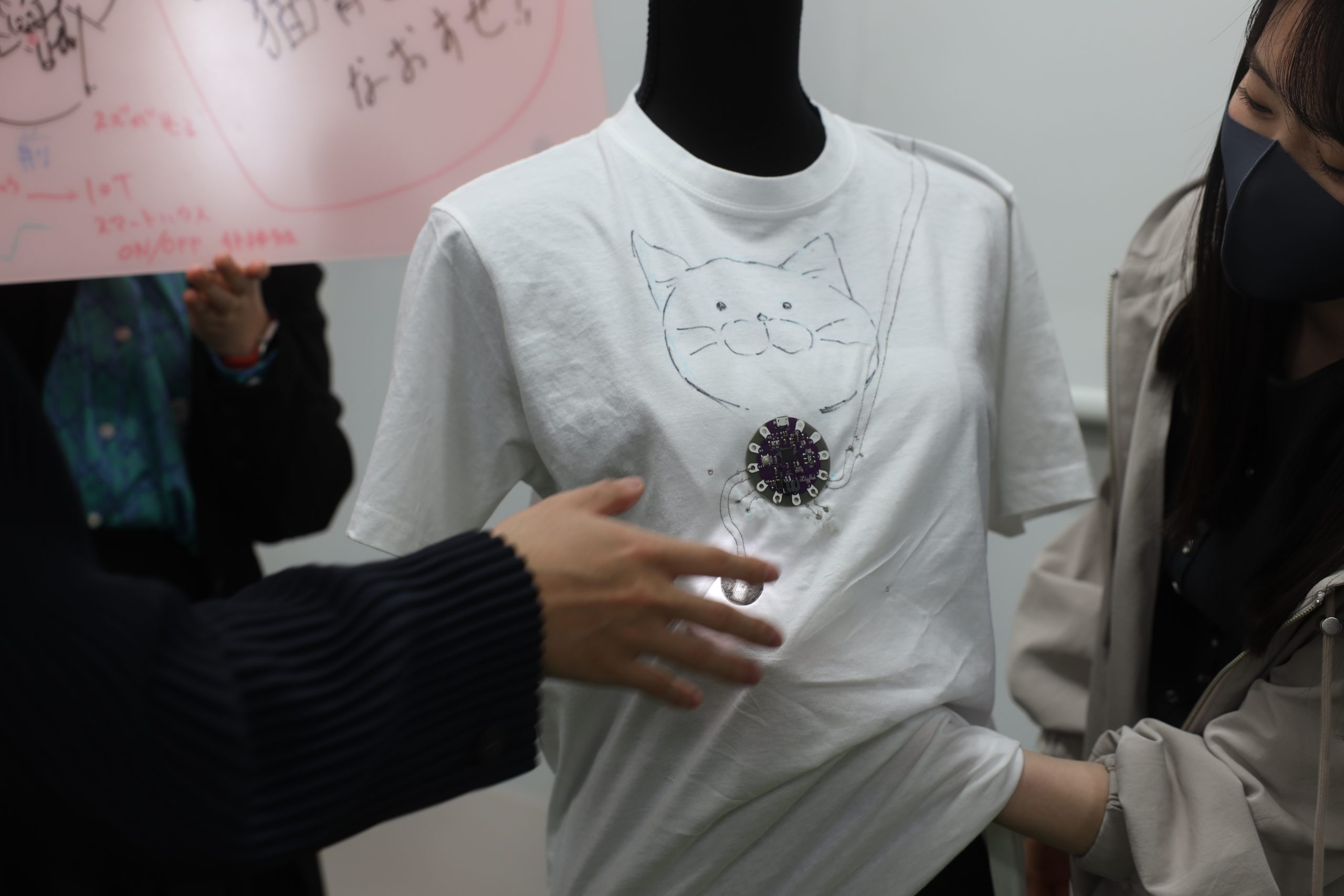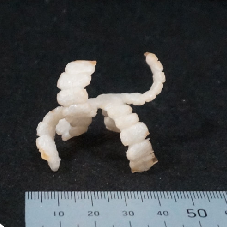Project Linkは、スマートウェアを簡単に制作できるソフトウェアとファッションアイテムに溶け込む各種IoTノードを用いることで、ユーザーが自由に衣服に機能を設計できるスマートウェア開発プラットフォームです。実際に、導電糸とデジタル刺繍ミシンを用いたワークショップを行い、姿勢を計測したり、体温や気温を検知する服など様々な応用例を体験を元に探り、新しいインタフェースデザインに繋げます。
コラボレーター:株式会社ZOZOテクノロジーズ
Project Link is a smart wear development platform that allows users to freely design functions for their clothes by using software that makes it easy to create smart wear and various IoT nodes that blend in with fashion items. We will actually hold a workshop using conductive thread and a digital embroidery machine and explore various applications such as clothes that measure posture and detect body temperature and temperature based on the experience, which will lead to new interface designs.
Collaborator: ZOZO Technologies, Inc.




